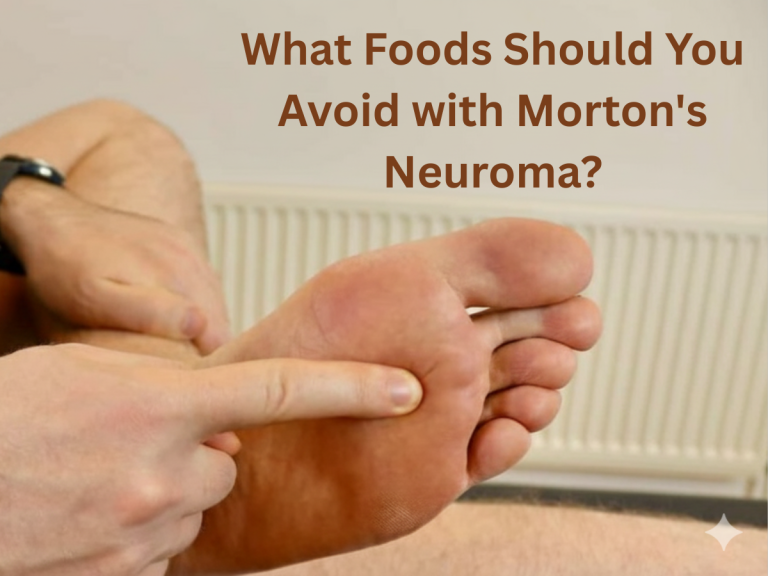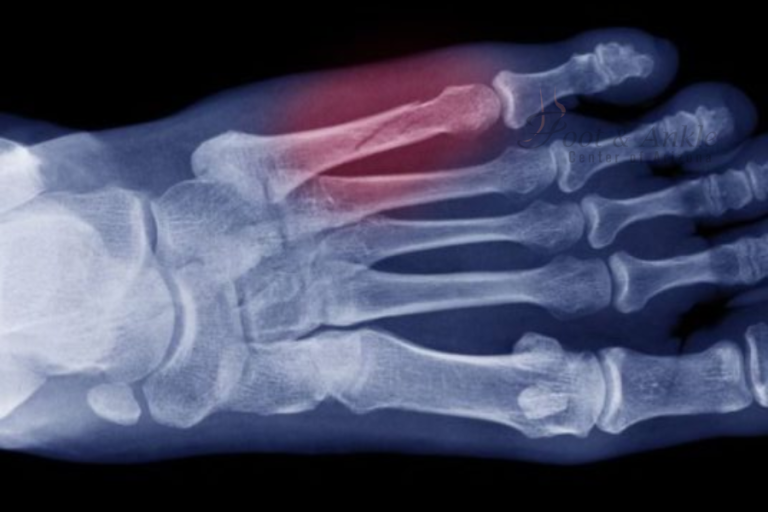How to Heal Damaged Ankle Ligaments: Ankle ligaments are vital components for general stability at the ankle joint level while walking, running, or jumping. If they have been stretched, the degree of lost mobility may prohibitively limit the activities of the sufferer and cause chronic ankle instability if not treated appropriately. Knowing how to heal such damage is therefore very important.
Understanding Ankle Ligament Damage
Common ankle ligament damage includes injury to the lateral ankle ligaments, mainly the anterior talofibular ligament, calcaneofibular ligament, and posterior talofibular ligament. These are the ligaments that easily get injured in the occurrence of an ankle sprain when the ankle rolls inward, which is often referred to as inversion, or outward, eversion, beyond its range.
The severity of injury to the ankle ligaments differs.
Grade 1: The ligament has a mild stretch or micro-tears, resulting in mild pain and swelling.
Grade 2: The ligament fibers partially tear, producing moderate to severe pain, swelling, and trouble bearing weight.
Grade 3: The ligament is completely torn or ruptured; therefore, there may be severe pain, marked swelling, and a feeling of instability in the ankle joint.
Diagnosis of ankle ligament injuries requires a good physical examination by the treating doctor, evaluation of symptoms looking at the range of motion, and assessment of the stability of the ankle joint. Imaging tests may be done to rule out bony fractures by doing X-rays and detailed imaging with MRI outlining soft tissue structures like ligaments, which would explain the extent of the injury.
Treatment Options
The line of treatment for the damaged ankle ligament would depend upon the severity of the injury.
Non-Surgical Treatment:
RICE refers to the initial treatment, which is done for alleviating pain and swelling by means of rest, ice packs applied intermittently for 20 minutes at a time, compression bandages. And elevation of the ankle above heart level to minimize swelling.
Immobilization: Ankle braces or splints may be recommended for immobilization of the ankle, protecting the injured ligament during the healing process.
Physical Therapy: After the reduction of pain and swelling, PT exercises are done for ankle strengthening, flexibility, and proprioception. It means awareness regarding the position of the joint. Exercises to strengthen calf muscles and proprioceptive training will help in the prevention of recurrent ankle injuries.
Surgical Treatment:
Indications: More severe ankle ligament tears (Grade 3) that do not heal with conservative treatment and require surgical intervention; otherwise, for athletes and people who need optimal ankle stability for high-demanding activities.
Lateral ankle ligament reconstruction: In the surgical process, based on the damage, the ligament may be repaired or reconstructed using grafts—tissue obtained from another part of the patient’s body or a donor—to provide stability to the ankle joint. Among them, reconstruction of lateral ligaments with the peroneus brevis tendon and synthetic material is quite common.
Recovery: In the aftermath, patients generally undergo a well-structured rehabilitation process guided by a physical therapist. Pain and swelling reduction is the focus in the early phase of rehabilitation, succeeded by gradual exercises to attain recovery of strength, range of motion, and functional mobility. That means it takes several months to have a full recovery from ankle ligament surgery before one can resume activities and sports under the hands of health staff.
Ankle Ligament Surgery Recovery
Recovery from ankle ligament surgery requires much patience and adherence to the post-operative care instructions. Globally, it includes an early phase whereby immediately after surgery; much focus is given to pain management, reduction of swelling, and protection of the repaired ligament that can be made possible with crutches or a walking boot to limit weight-bearing on the injured ankle.
Physical Therapy: During the healing process, physical therapy aids in the rehabilitation of the ankle. Therapists prescribe exercises aimed at building strength in the muscular tissues around the ankle, which are relevant to range of motion and proprioception to avoid recurrent ankle sprains.
Gradual Return to Activities: One will gradually return to sporting activities or begin other strenuous exercises as improvement in one’s condition warrants. Some athletes will be involved in sports-specific training to ensure that the ankle is ready for its particular sport.
Prevention Strategies
Preventing future ankle ligament injuries through the maintenance of ankle health is important in preventing chronic ankle instability.
Ankle Strengthening Exercises: Exercises are included that directly work the muscles above the ankle joint, such as calf muscles, peroneal muscles, and intrinsic foot muscles.
Proprioceptive Training: Balance and stability exercises are done to enhance proprioception and to provide awareness of the joint, hence avoiding ankle instability.
Proper Footwear: Supportive Wear shoes; they should have support for the ankle and shock-absorbing features for any kind of exercise.
Warm-up and Stretch: Before the commencement of exercise, have a warm-up in the form of dynamic stretches, gradually progressing in intensity and increasing blood flow to the muscles and all associated ligaments before activity.
Conclusion
Healing damaged ankle ligaments requires a holistic approach: considering the extent of damage to the ligament, the patient’s level of activity, and individual recovery goals. Whether treated with non-surgical methods or through surgical means, the best possible results are when early diagnosis is made and proper management ensues, which can help avoid chronic complications, as in the case of chronic ankle instability.
Consultation by such health professionals as Podiatrist surgeons and physical therapists is, therefore, necessary for tailoring an individual treatment plan to the needs of each patient. One can support recovery and ankle health for an active lifestyle by having greater knowledge of ankle ligament injuries regarding their causes, symptoms, treatment options, and prevention strategies.




